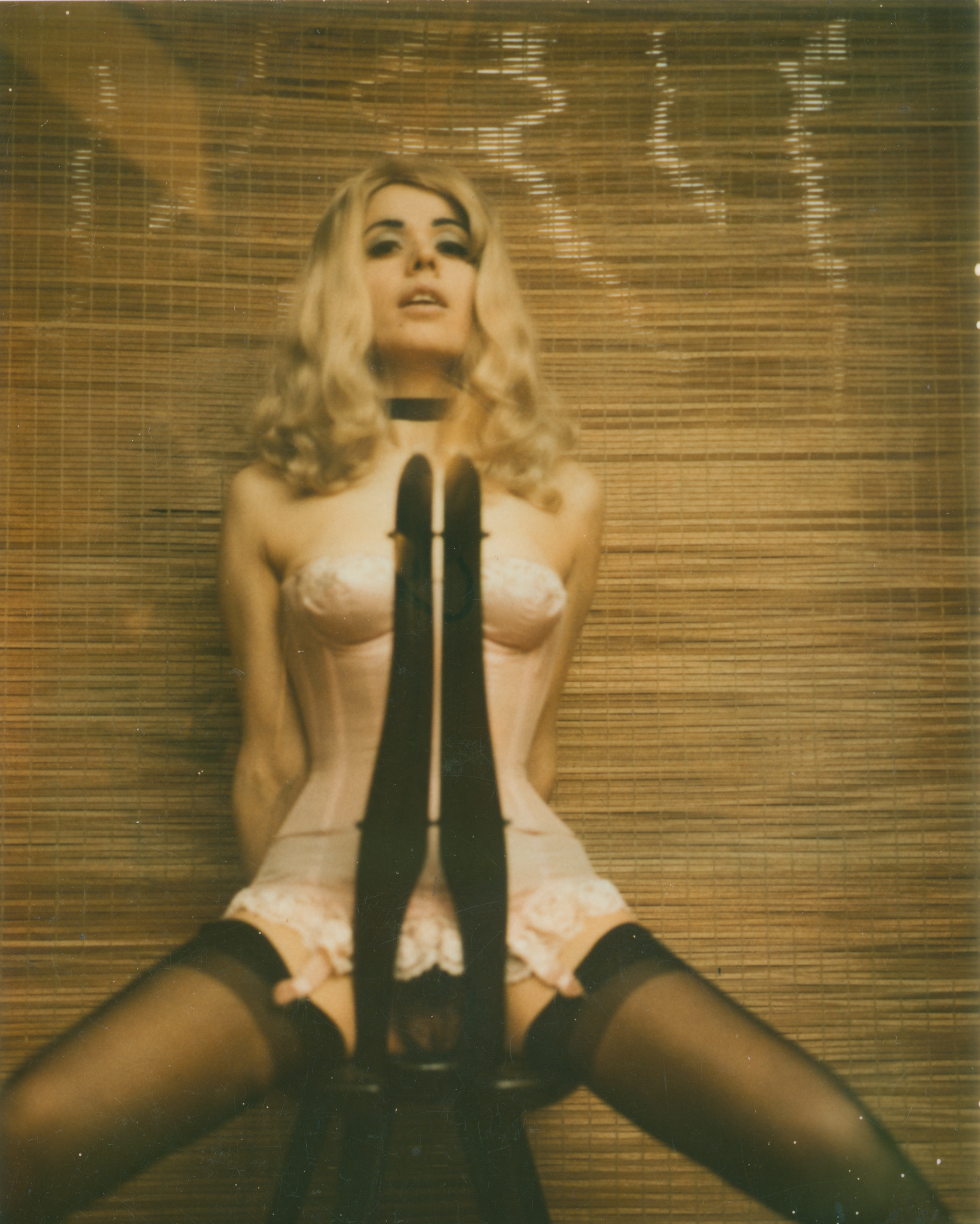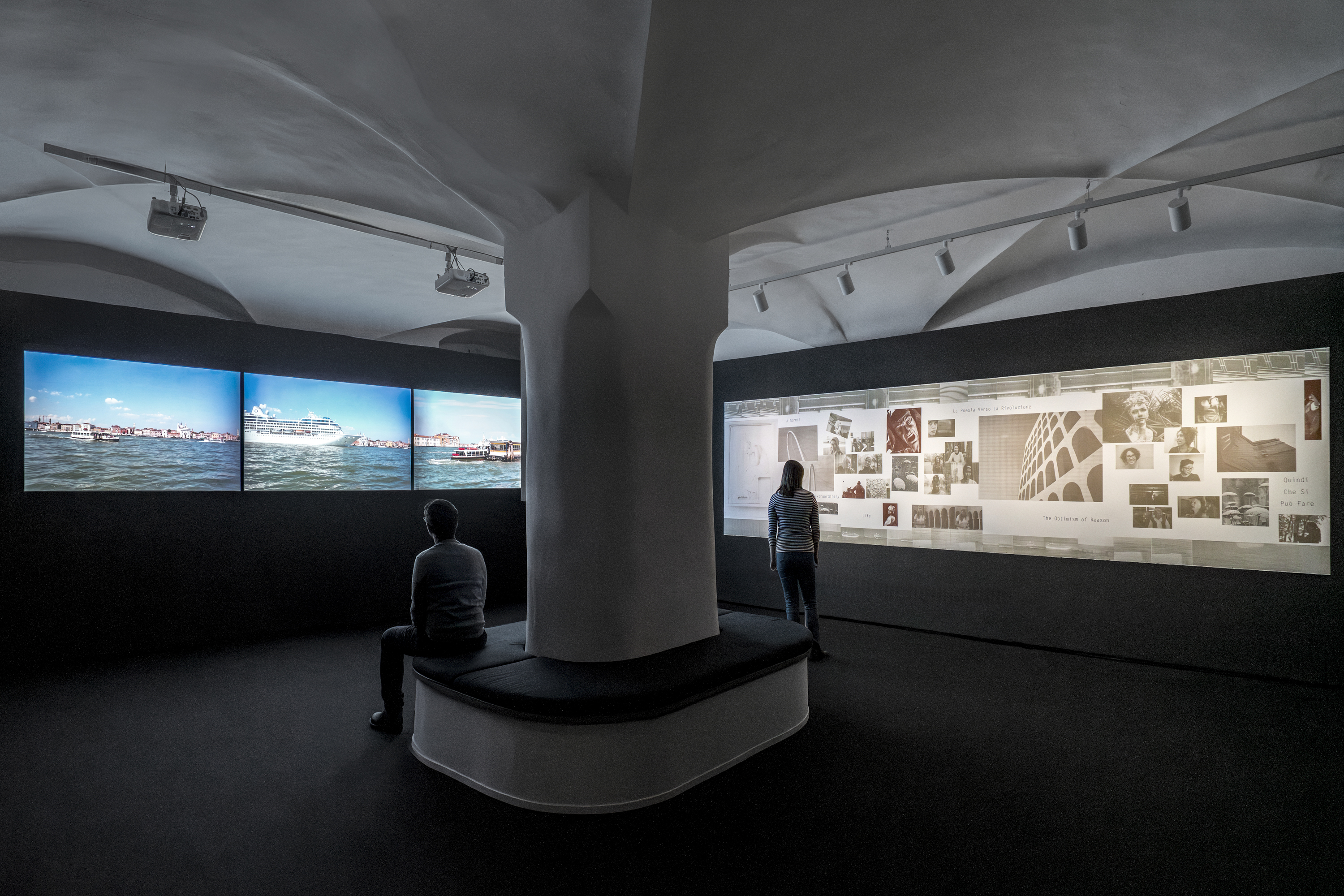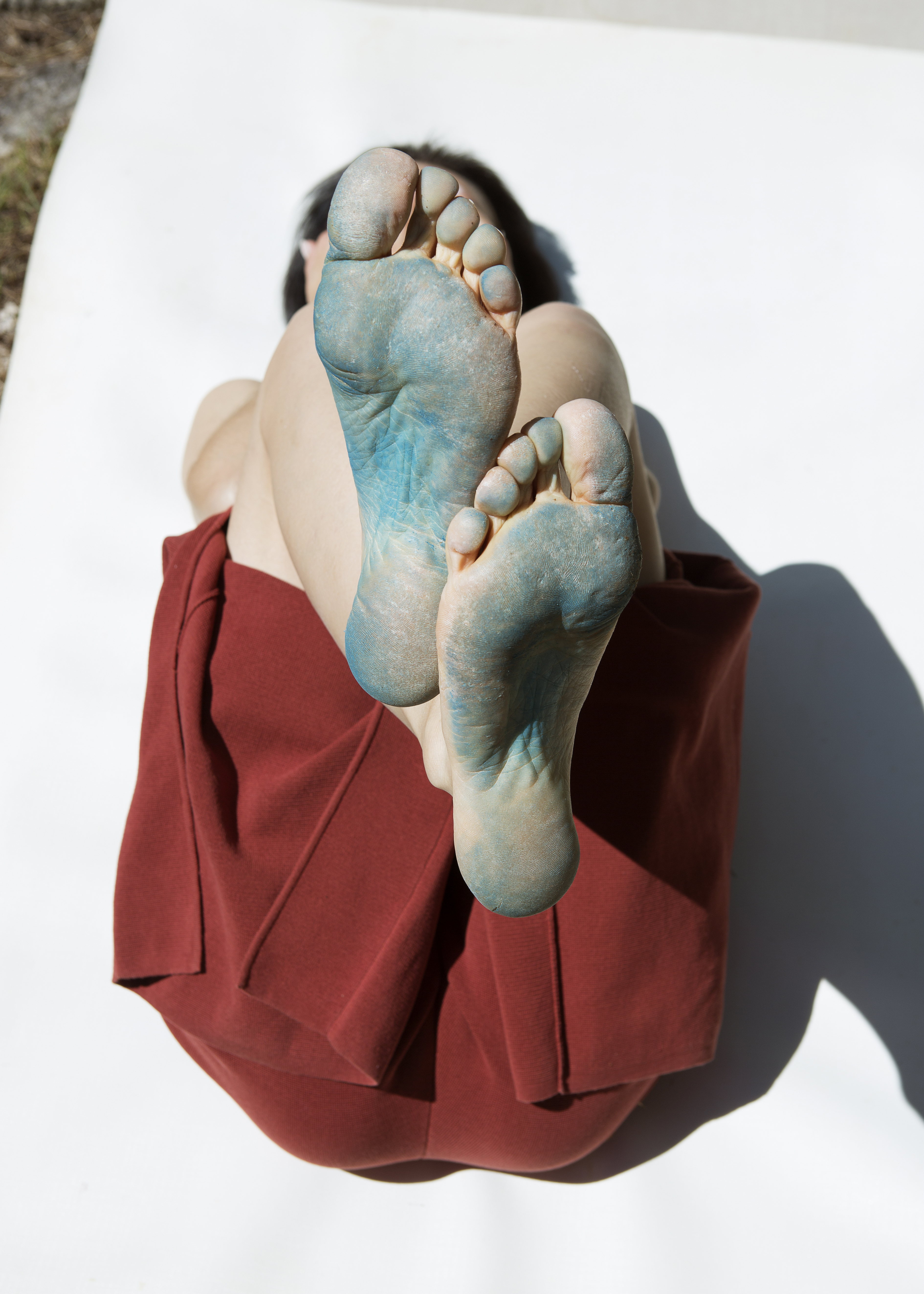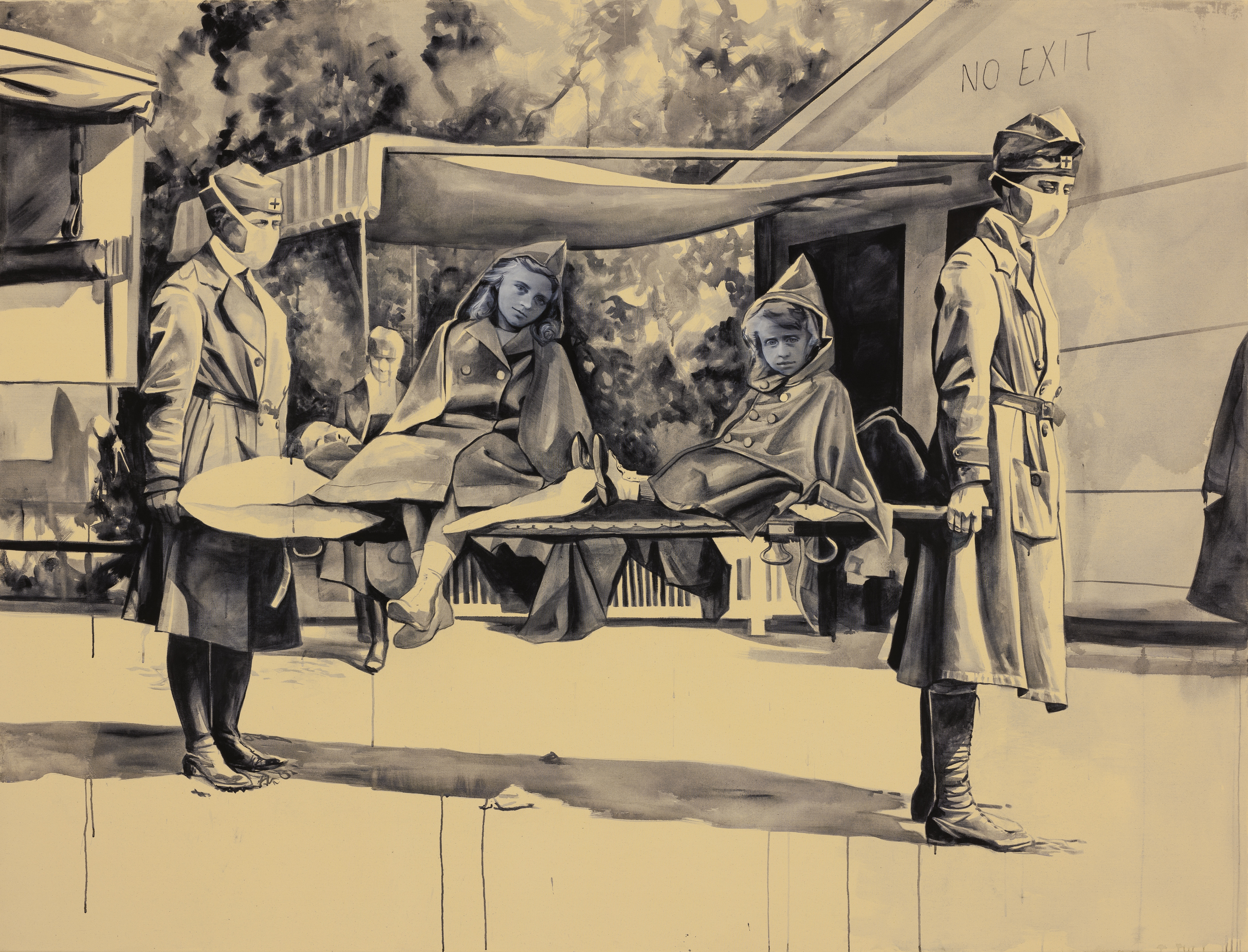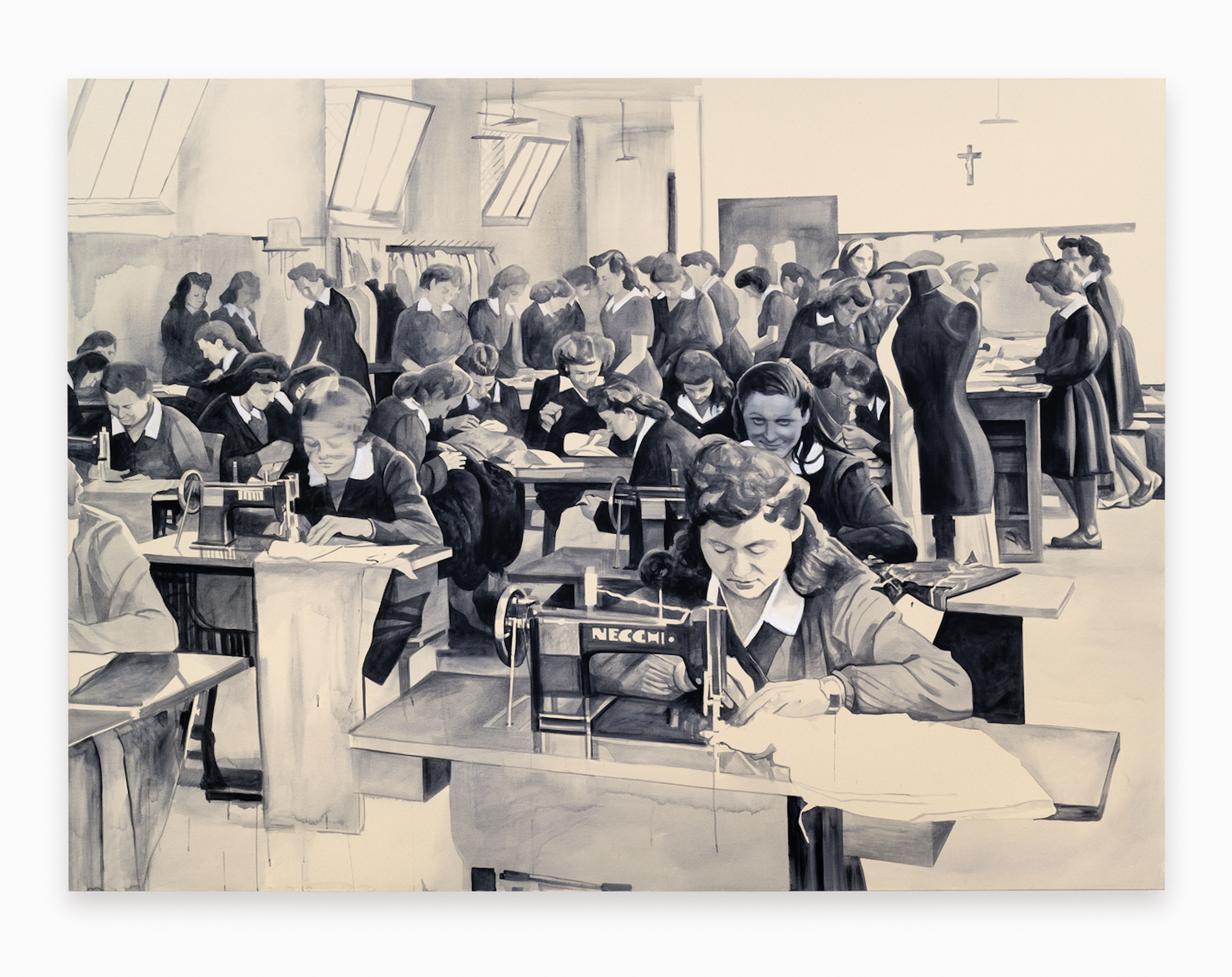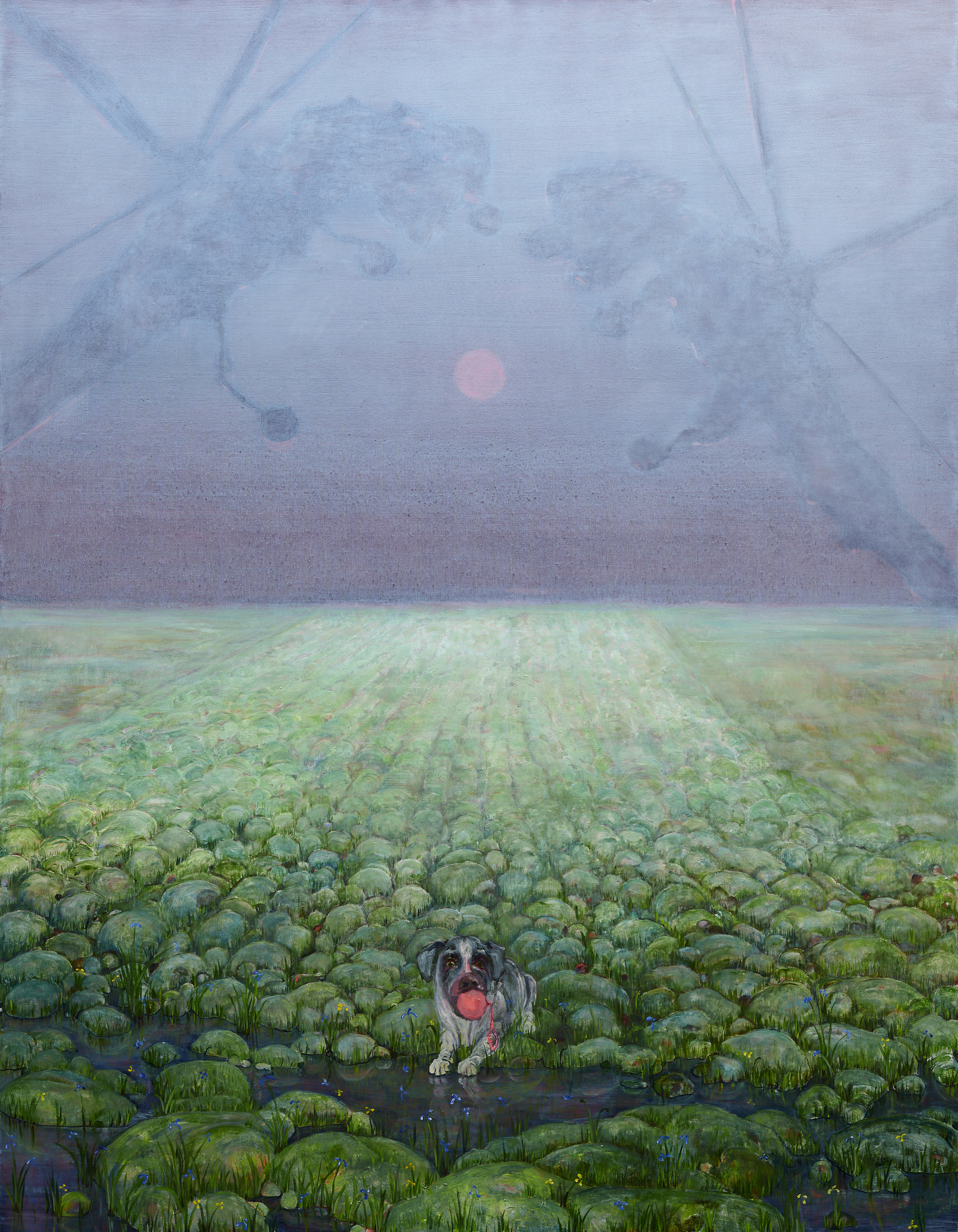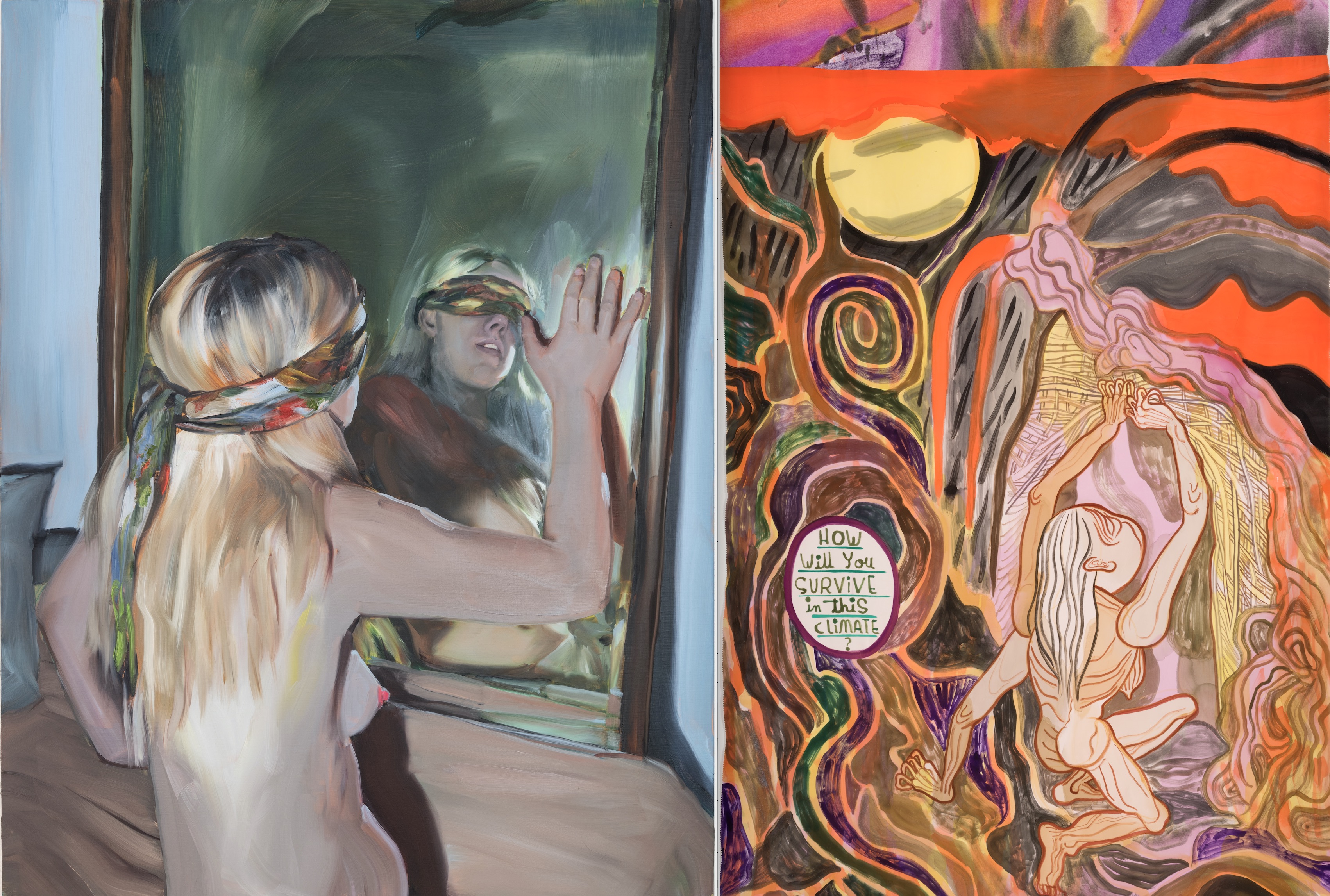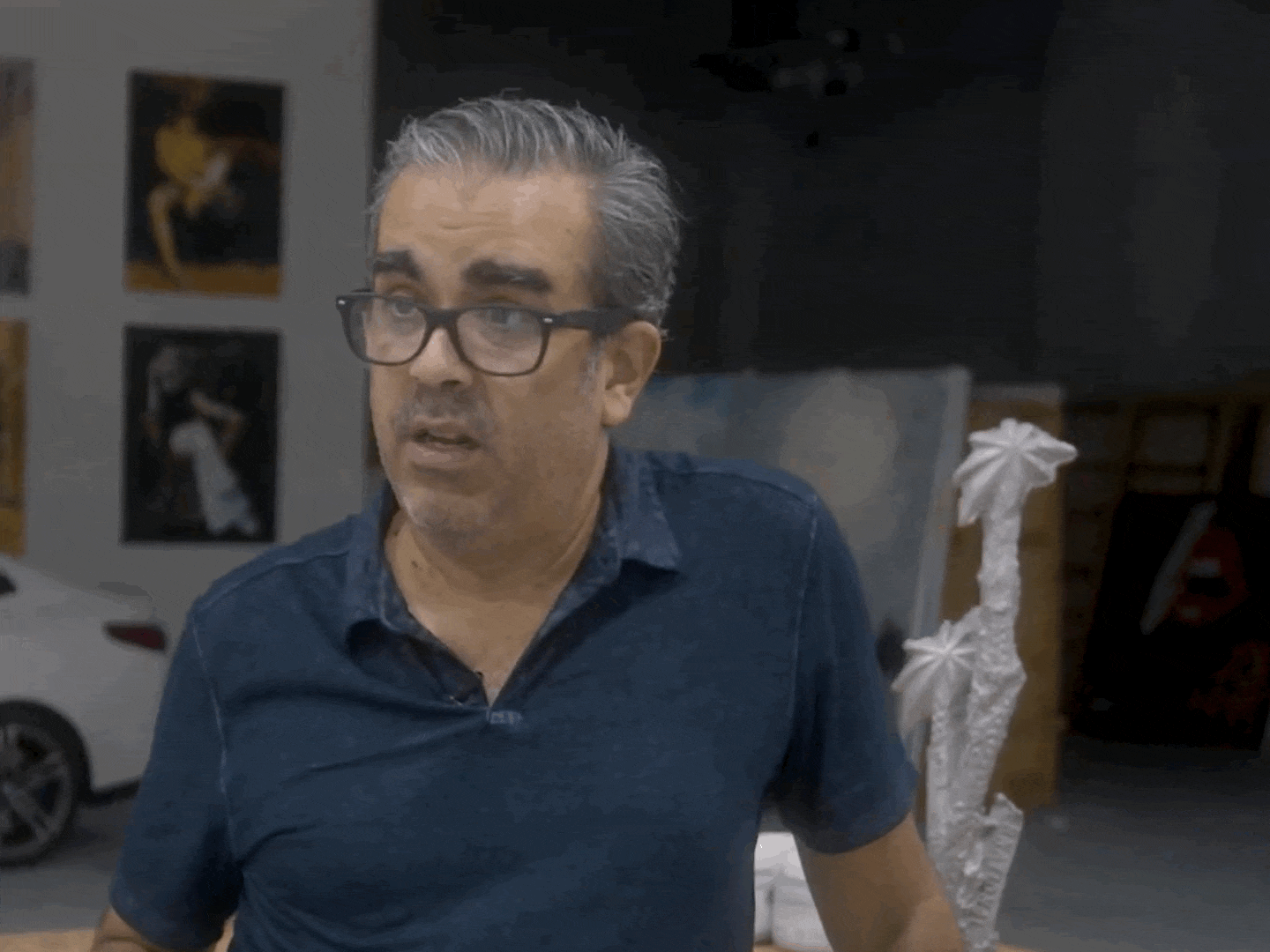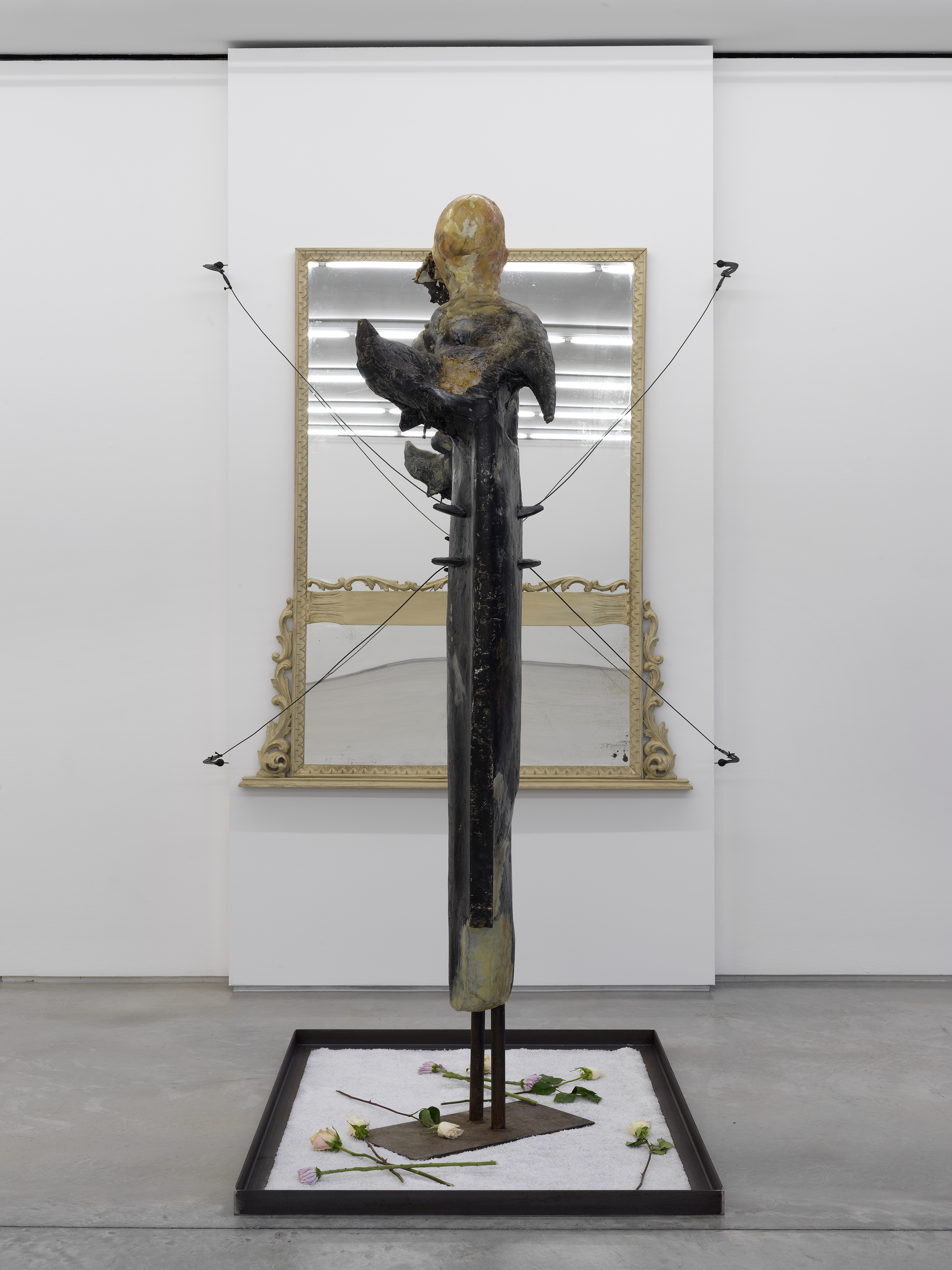Mollino/Insides
October 4, 2020–May 16, 2021
Reggio Emilia 42124
Italy
Hours: Thursday–Friday 2:30–6:30pm
Saturday–Sunday 10:30am–6:30pm
T +39 0522 382484
info@collezionemaramotti.org
Collezione Maramotti is presenting Mollino/Insides, an exhibition that brings together paintings by Enoc Perez and photographs by Brigitte Schindler and Carlo Mollino.
The show will begin with glimpses of Mollino’s last, mysterious residence in Turin—now a museum—as transformed by Perez’s brush and Schindler’s lens, and end with Mollino’s own photographs of models, which blur into the enigmatic essence of the imaginary they inhabit.
Since the late 1990s, NYC-based Puerto Rican artist Enoc Perez has been investigating iconic buildings of the twentieth century and the role they have taken on in the popular imagination. Perez visited Casa Museo Mollino and took pictures of its interiors, using them as the basis for several new large-scale paintings made specifically for this exhibition.
The same flat has served as inspiration for Brigitte Schindler, whose photographic adventure of the past three years has yielded evocative images and startling visions of its interiors, full of significant details. Through a sophisticated balance of mirrors, reflections and revelations, her visions lead the careful observer along an aesthetic and conceptual path to discover the complex world of Carlo Mollino, a multifaceted twentieth-century figure famous for his work in architecture, photography, design, and more.
Mollino (1905-1973) practiced photography throughout his life, starting in childhood. In his hands it became a tool for creating a different, alternative reality. The female body was a recurring theme from his earliest portraits, inspired by Surrealism, to his Polaroids of nudes from the 1960s. Mollino chose and prepared the settings, objects, clothing, and accessories with scrupulous care, placing his models in a unique, meticulously designed space that exalts their beauty and underscores the iconography. With a visionary, experimental gaze, he composed sophisticated, complex images that are the female counterpart to his existence, an “army of butterflies” meant to complete him and accompany him even into the next world.
Mollino's last flat on Via Napione, which he never really lived in and always kept a secret, was rarely used as a setting for his photographs; it was a private realm, conceived and designed down to the last detail to reflect his vision of the world. Travelling an eclectic path on which content always preceded form and form was never predictable, and moving from the darkroom of photography to the dark rooms—the hidden, secret spaces—of his dwellings, Mollino worked with the substance of this “necessary parenthesis” called life, exploring the beauty of nature to explore the deeper meaning of existence in our time and extend it into the hereafter. In addition to the subject of the works on view—Mollino and his sophisticated, complex imaginary—the guiding theme that links these three artists together is one of transformation and visionary creation.
Perez turns buildings and rooms into paintings, working from photographic images and adding new levels of interpretation and meaning. The utopia that architects strive for in their designs is shared by the artist within the language of painting, with the same expressive significance.
Mollino conceptually and physically constructs worlds/houses as settings for his photographs of female bodies and in preparation for his afterlife. Each object and detail within them is a symbol and spark of stories and allusions. Adopting a highly structured approach and a style that is as composed as it is radical, he combined extraordinary technical skill with a spiritual bent to craft visionary scenarios and narratives, often difficult to decipher and always rich in meaning.
Schindler focuses on the essence of seemingly insignificant details, on how they can become clues and keys to unlock a magical door of the gaze, leading into new “rooms of vision.” Each shot sums up the mise-en-scène for a story that unfolds through the objects of this world, through a shift in how they are perceived.
The exhibition is accompanied by a book with essays by Mario Diacono and Fulvio Ferrari and texts by Perez and Schindler.

